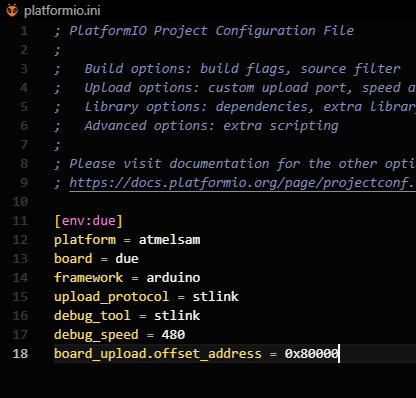Of Course.

There seems to have been success! Do I need to worry about any of the ‘target halted’ messages.
I guess my real question is, do you see any errors? I assume that I will get used to this the more I work with the debugger.
Of Course.

I guess my real question is, do you see any errors? I assume that I will get used to this the more I work with the debugger.